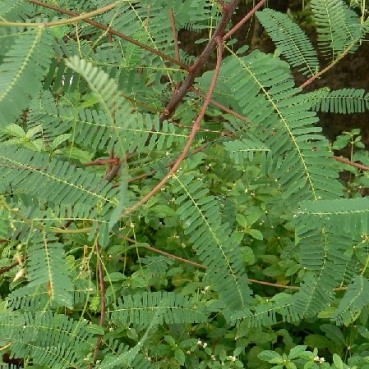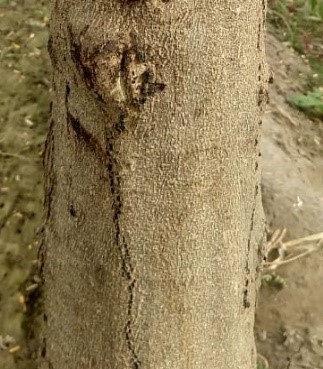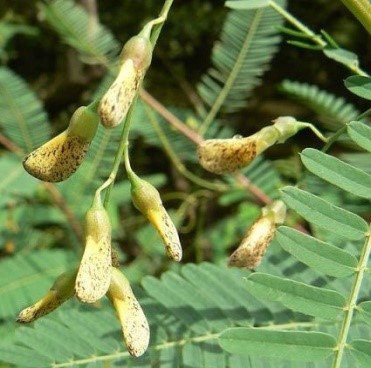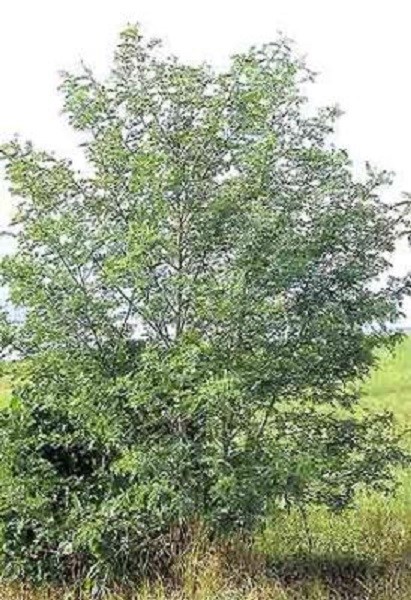Trees
Sesbania sesban (Linn.) Merrill.
Sesbania sesban (Linn.) Merrill.
Description :
A small tree, almost evergreen, attaining
a height of up to 6 m and a diameter of 15 cm. Leaves are green and pinnate. The
flowers are pale yellow, slender and occur in the spring as well as in the
autumn. Seed is produced in slightly twisted pods up to 25 cm long which
contain many seeds. Young plants may be attacked by insect defoliators and stem
borers. Grown very easily from seed which is sown directly. Can attain a height
of 5 m in a year. Yield recorded in India was more than 5 tons/ha on a one-year
rotation. Grains open textured, having low density and weak strength.
Distribution :
The tree is native to Egypt and has now
found its way into Africa and Asia. It is widely planted in all parts of
Pakistan. Grows in a wide variety of climatic and edaphic conditions primarily
with irrigation. It can be grown on saline sites.
Uses :
It is fast growing but short-lived tree
that can be grown in plantations. It responds to pruning but gradually dies
back under excessive pollarding. It is often used as green manure and its
annual variety is extensively used for biological amelioration of saline soils.
A highly desirable farm forestry tree because of its fast growth rate, its
nitrogen fixing properties and the market opportunities for its products. Also
used for fuel, fodder, windbreak, support stakes for vegetables, soil
improvement and fertilizer purposes.



